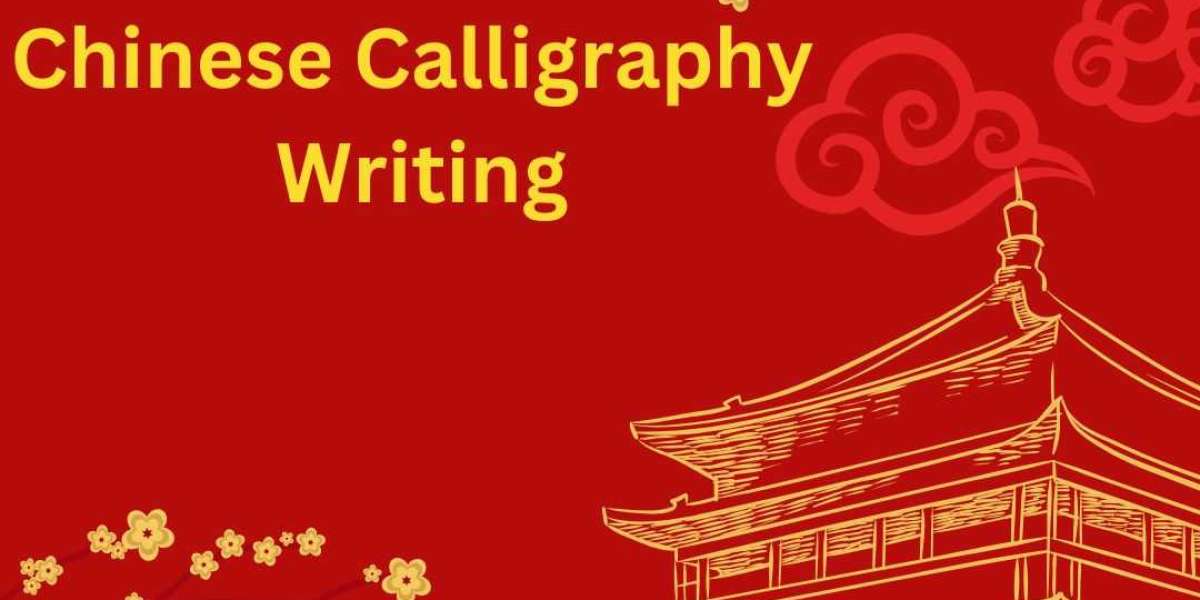Chinese calligraphy writing is an ancient artistic practice that has been deeply embedded in Chinese culture for centuries. It is more than just a method of writing—it is a revered art form that embodies history, philosophy, and personal expression. From the early oracle bone inscriptions to modern artistic interpretations, this writing style has played a crucial role in the evolution of Chinese literature and visual arts.
Origins and Historical Significance
The history of Chinese calligraphy writing dates back to ancient China, with some of the earliest evidence found on oracle bones from the Shang Dynasty (circa 1600–1046 BCE). These inscriptions were used for divination purposes, marking the beginning of written communication in China. Over time, calligraphy evolved into various script styles, each with distinct characteristics and purposes.
During the Han Dynasty (206 BCE–220 CE), Chinese calligraphy writing became a highly respected art form. Scholars and officials regarded calligraphy as a symbol of intellect and refinement. The development of different script styles, including Seal Script, Clerical Script, Regular Script, Running Script, and Cursive Script, reflected the continuous transformation of this artistic practice.
Script Styles in Chinese Calligraphy Writing
There are several primary script styles in Chinese calligraphy writing, each with its own unique structure and aesthetic appeal:
- Seal Script (篆书, Zhuànshū): One of the earliest forms, used primarily for inscriptions and seals. It has a uniform, pictorial quality that preserves ancient character forms.
- Clerical Script (隶书, Lìshū): Originating in the Han Dynasty, this script has broader strokes and a more structured form, making it easier to write than Seal Script.
- Regular Script (楷书, Kǎishū): Developed during the Eastern Jin Dynasty (317–420 CE), this is the most standardized and widely used style today. It is known for its balanced and clear structure.
- Running Script (行书, Xíngshū): A semi-cursive style that allows for more fluidity while maintaining legibility. It is often used for personal correspondence and artistic expression.
- Cursive Script (草书, Cǎoshū): The most free-flowing and expressive style, characterized by rapid brush movements and artistic abstraction. It is often used for artistic calligraphy rather than formal writing.
Each script style reflects different historical periods and artistic preferences, demonstrating the versatility of Chinese calligraphy writing.
Tools and Techniques
The practice of Chinese calligraphy writing requires specific tools, often referred to as the “Four Treasures of the Study” (文房四宝, Wénfáng Sìbǎo):
- Brush (笔, Bǐ) – The primary instrument used in calligraphy, made from animal hair and bamboo or wood. Different brush sizes and materials create variations in stroke thickness and texture.
- Ink (墨, Mò) – Traditionally made from soot and animal glue, ink is prepared by grinding an ink stick with water on an ink stone.
- Ink Stone (砚, Yàn) – A smooth stone surface used for grinding ink and mixing it with water. The quality of the ink stone can affect the consistency of the ink.
- Paper (纸, Zhǐ) – Often made from rice, mulberry, or bamboo fibers, calligraphy paper absorbs ink differently depending on its texture and thickness.
Apart from these essential tools, calligraphers also pay attention to posture, brush grip, and breathing techniques to maintain control over their strokes. A steady hand and a deep understanding of brush movement are crucial for mastering this art.
Cultural and Spiritual Aspects
Chinese calligraphy writing is more than a visual art; it is a meditative practice that reflects the artist’s inner thoughts and emotions. In traditional Chinese philosophy, calligraphy is associated with Confucianism, Taoism, and Buddhism. It is believed that a person’s handwriting reveals their character, discipline, and state of mind.
Practicing Chinese calligraphy writing requires patience and concentration, allowing calligraphers to cultivate a sense of mindfulness. Many scholars and artists have used calligraphy as a form of self-expression, creating works that convey poetic and philosophical messages.
Influence on Other Art Forms
Chinese calligraphy writing has influenced various aspects of Chinese culture, including painting, poetry, and even architecture. Many traditional Chinese paintings incorporate calligraphic inscriptions, seamlessly blending visual and literary arts. The harmony between brush strokes and artistic expression is a fundamental concept in Chinese aesthetics.
Moreover, calligraphy plays a significant role in Chinese festivals, ceremonies, and religious practices. Red paper couplets with calligraphic characters are commonly displayed during the Lunar New Year, symbolizing good fortune and prosperity. Temples and ancestral halls also feature calligraphic plaques that convey blessings and wisdom.
Modern Adaptations and Global Influence
While traditional Chinese calligraphy writing remains highly respected, modern calligraphers continue to experiment with new styles and materials. Contemporary artists blend calligraphy with digital art, graffiti, and mixed media to create innovative visual compositions.
Outside of China, Chinese calligraphy writing has gained recognition worldwide. Many art enthusiasts, scholars, and students study this ancient practice to appreciate its aesthetic and historical value. Calligraphy workshops and exhibitions are held in various countries, showcasing the global appeal of this artistic tradition.
Challenges and Preservation Efforts
Despite its rich history, Chinese calligraphy writing faces challenges in the modern era. The increasing use of digital technology has reduced the need for handwritten characters, leading to a decline in traditional calligraphy education. Younger generations often rely on digital devices for communication, making the practice of handwritten calligraphy less common.
To preserve this cultural heritage, many institutions and organizations promote calligraphy education through workshops, competitions, and online platforms. Calligraphy remains an essential subject in Chinese schools, ensuring that students learn about their cultural heritage. Museums and art galleries also play a role in preserving historical calligraphy works, allowing future generations to appreciate their artistic significance.
Conclusion
Chinese calligraphy writing is an extraordinary art form that bridges history, philosophy, and personal expression. From its origins in oracle bone inscriptions to its modern interpretations, this artistic tradition has remained a vital part of Chinese culture. The intricate brush strokes, diverse script styles, and deep spiritual connections make calligraphy a unique and enduring practice.
As technology continues to evolve, efforts to preserve and promote Chinese calligraphy writing remain essential. Whether practiced as a meditative discipline, an artistic pursuit, or a means of cultural expression, calligraphy holds a timeless place in the world of art and literature. Through ongoing education and appreciation, this ancient tradition continues to inspire new generations, ensuring its legacy for centuries to come.














